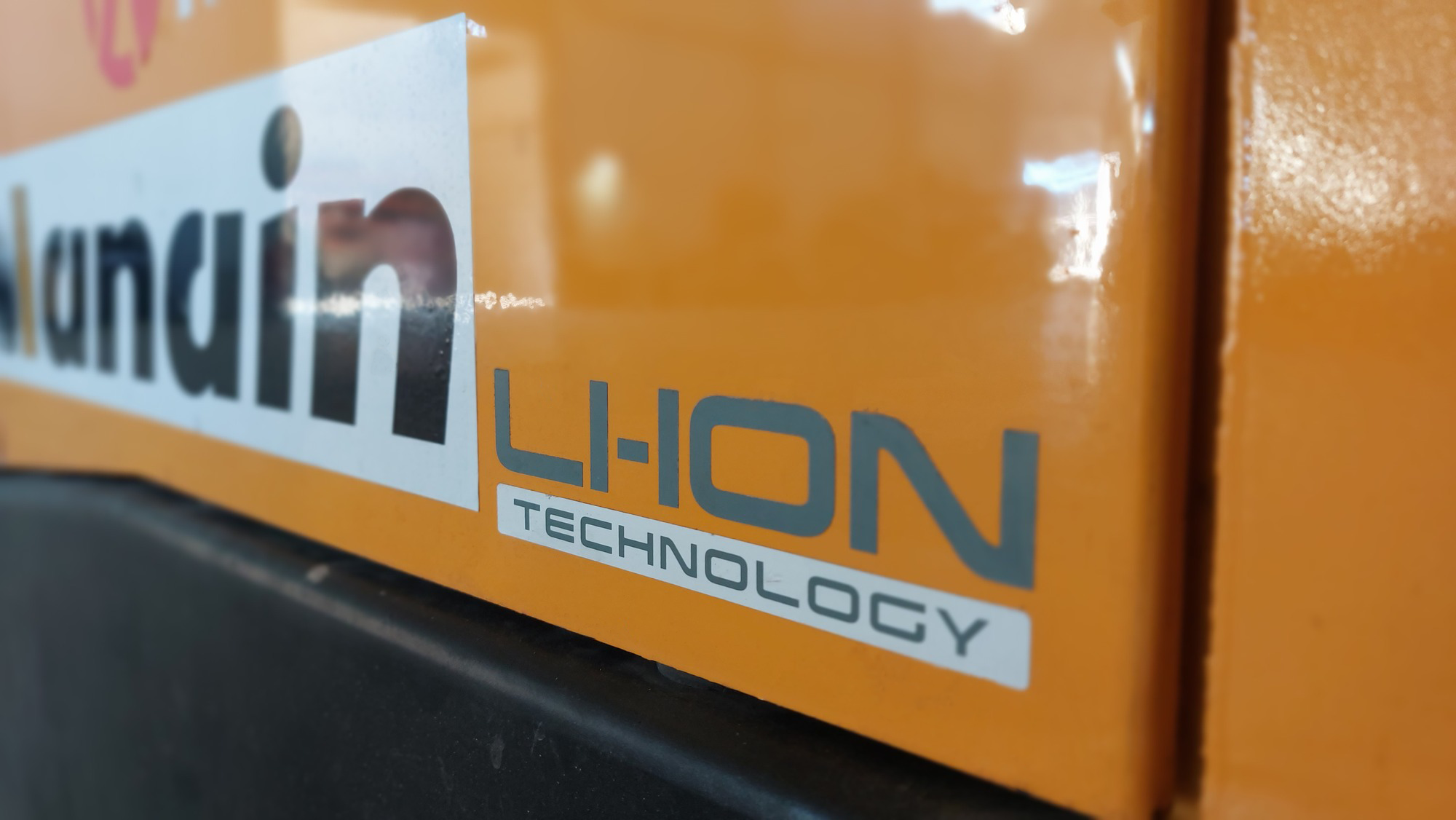Deciphering the maximum load weight of a lifting platform
When using a lift platform, whether for construction work, building maintenance, or any other task at height, it is essential to understand and respect its **load limits**. The **maximum load capacity** of a lift platform is the maximum weight it can safely support while in use.
This includes the weight of operators, tools, materials, and any other equipment on the platform. Exceeding this limit can compromise the stability and safety of the platform, potentially resulting in serious accidents. Therefore, it is crucial to be aware of this maximum weight to prevent incidents.

Factors Affecting the Maximum Load Capacity
Several factors can influence the maximum load capacity of a lift platform, including:
- Model and Type of Platform: Depending on the model, the lift platform’s load capacity varies.
- Height and Reach: The platform’s maximum height and reach can also affect its load capacity. As the height and reach increase, the load capacity may decrease to ensure stability and safety.
- Weight Distribution: It is crucial to distribute weight evenly on the platform to maintain stability. Uneven weight distribution increases the risk of tipping or collapsing the platform.
- Terrain Conditions: The type of terrain where the lift platform is placed can also impact its load capacity. Uneven or unstable terrain may reduce the effective load capacity of the platform.

The Importance of Respecting the Maximum Load Capacity
Respecting the maximum load capacity of a lift platform is crucial to ensure the safety of operators and prevent damage to the machinery. Exceeding this limit can lead to serious accidents, personal injuries, and property damage. Moreover, failing to adhere to load specifications can have legal and financial consequences for employers and contractors.
Conclusion
The maximum load capacity of a lift platform is a technical specification that should not be overlooked. Understanding the factors influencing this capacity and adhering to the established limits are fundamental steps to ensuring safety and efficiency in the workplace. Before using a lift platform, ensure you check and understand its load capacity to prevent accidents and maintain a safe working environment for everyone.



